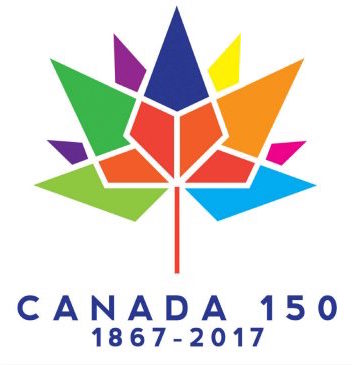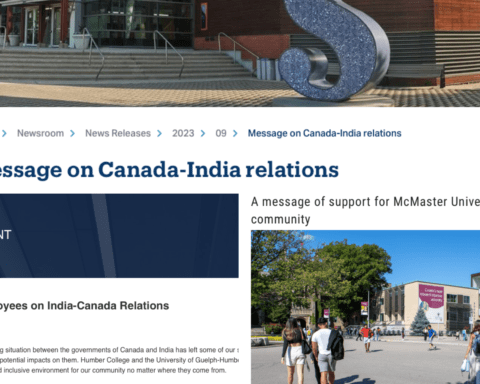 A new feature documentary might have you thinking twice when buying tomatoes and greenhouse products next time you visit the grocery store.
A new feature documentary might have you thinking twice when buying tomatoes and greenhouse products next time you visit the grocery store.
“Migrant Dreams” explores how migrant women agricultural workers struggle within Canada’s Temporary Foreign Worker Program (TFWP). Canadian employers use the TFWP when “qualified Canadian citizens or permanent residents are not available” for certain occupations.
Canada has welcomed millions of temporary foreign workers since the program began in 1973 under the name of the Non-Immigrant Employment Authorization Program (NIEAP). This year also marks the 50th anniversary of the Seasonal Agricultural Workers Program (SAWP), which places approximately 17,000 seasonal workers from Mexico, Jamaica, Barbados, Trinidad/Tobago and the Eastern Caribbean States in Canada every summer.
Both programs have become an important source of labour for the agricultural industry in particular. An article on Guatemalans employed for low-waged work in Canada states that every year, migrant workers entering through the program fill more than 80,000 positions.
Employers who hire temporary foreign workers have responsibilities to meet, but director Min Sook Lee, a multiple award winning Canadian filmmaker, shows us the dark underbelly of the program.
Investigating the conditions of the TFWP
Lee, an assistant professor at the Ontario College of Art and Design University, describes “Migrant Dreams” as a discussion about universal principals. “When I visited this farm, I thought it looked a lot more like a refugee camp than the safe living conditions that you would expect in Canada.”
Migrant advocates often cite issues like unpaid overtime pay or serious violations of health and safety standards. Because these workers are afraid of being deported, many don’t speak up about poor working conditions.
For Evelyn Encalada, a founding member of Justice for Migrant Workers (J4MW) and a collaborator on the documentary, her meeting with seasonal agricultural workers from Chile made her see that she needs to hold her country to a higher standard. “I realized, I have to hold Canada responsible for its international image.”
Encalada’s meeting with the workers had to be set up in secrecy as those contacted feared the threat of deportation after speaking with media.
Canadian employers use the TFWP when “qualified Canadian citizens or permanent residents are not available.”
This issue was discussed recently in The National Post, where another interviewee, Ricky Joseph from Saint Lucia, mentioned that the deportation threat arose “the moment you speak up.”
Other critics have compared the program to the import of thousands of foreign workers in the 20th century to work in the silver and gold mines of Northern Ontario as well as the railway industry. “The mine owners said they were filling a labour shortage. But their real reason was to keep wages down,” writes Thomas Walkom.
Lee’s inspiration for the documentary came from a need to draw a picture about migration. Although the program has been around for decades, Lee says that, “‘Migrant Dreams’ is an untold story. There has not been much talk about temporary foreign workers. They are part of our reality.”
Recommendations for change
According to Lee, “the rules and regulations for living accommodations are outdated because Ontario has not changed since 1975.”
Temporary foreign workers can apply for permanent residence if they can show their skills are in continuing demand, and 29,000 of the 192,000 temporary foreign workers who entered Canada in 2011 made the transition to permanent status. However, the rest are subject to the whims of employers who often fail to meet the regulations of the program.
Both Lee and Encalada voice concerns about workers being bound to one employer. “Being tethered to your employer while you are working in Canada means that you are completely unable to speak out about problems that may arise. Your silence is fueled by the rules and regulations,” Lee comments.
“The rules and regulations for living accommodations are outdated because Ontario has not changed since 1975.”
“The staffing in charge of these policies is not consistent. Often the inspectors who are supposed to go to farms to ensure that living quarters are up to par just do not exist or they are summer students,” Lee notes.
When asked for a solution, Lee replies, “Workers should be given status upon arrival. Access and pathways to permanent residency is number one.”
She continues, “The migrant labour program creates a labour apartheid in our country. It creates two tiers of labour and human rights — one for Canadian citizens and an entirely different set of rights for non-citizens. That is completely, I think, against the broadly accepted principles of universal justice and human rights that Canada is known for.”
Hope for the future
Lee hopes the documentary will have a political impact and can be used as a tool for social change by anyone who gets involved with government or community organizations.
“I hope it’s used for educating people about the situation for migrant workers and for humanizing migrant workers, who are often dehumanized when they do appear in mainstream media,” she states.
When asked what viewers can do to support temporary foreign workers, Encalada suggests they visit the Harvesting Freedom Campaign, sign a petition and join pilgrimage to remind people that migrants collect our food.
“Let’s rebuild Canada and put ourselves in others shoes. Watch the documentary and when buying a tomato, think that is has a story. It has a story of adaption,” Encalada concludes.
The documentary “Migrant Dreams” will premiere on May 1 as part of the Canadian International Documentary Festival in Toronto.
Maria Ikonen has graduated with a M.A. in Media Science from University of Lapland and MSSc. in Journalism and Mass Communication from University of Tampere. A native of Finland, she is a member and active writer for Globalisti Magazine, a publication of Changemaker Finland that is an advocacy network working for global justice. She has written academic research about representations of masculinity and participated in research about religion in media culture.




